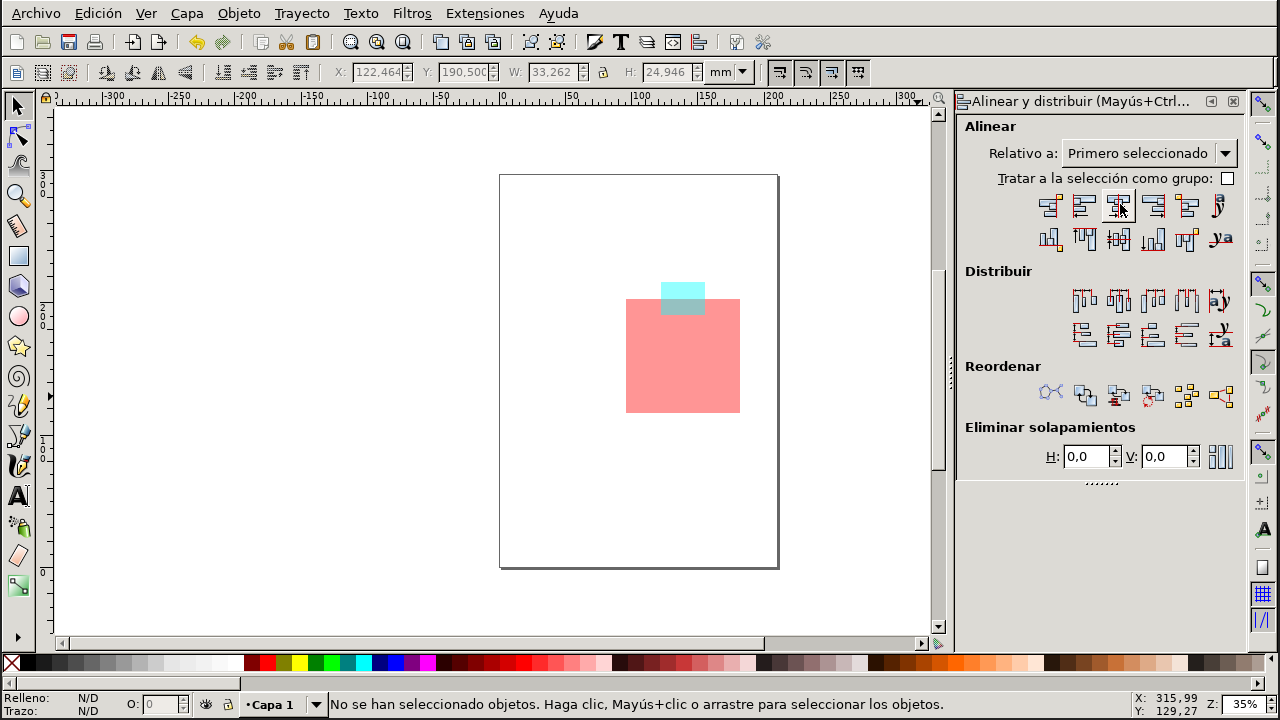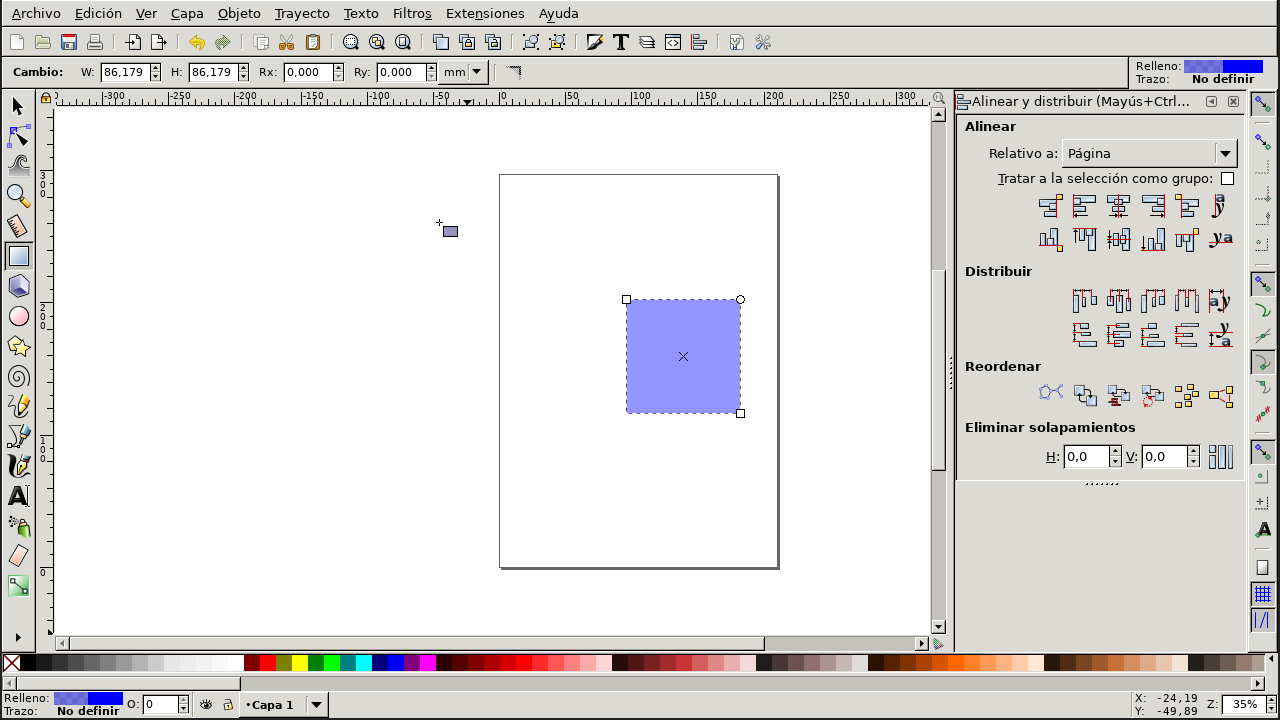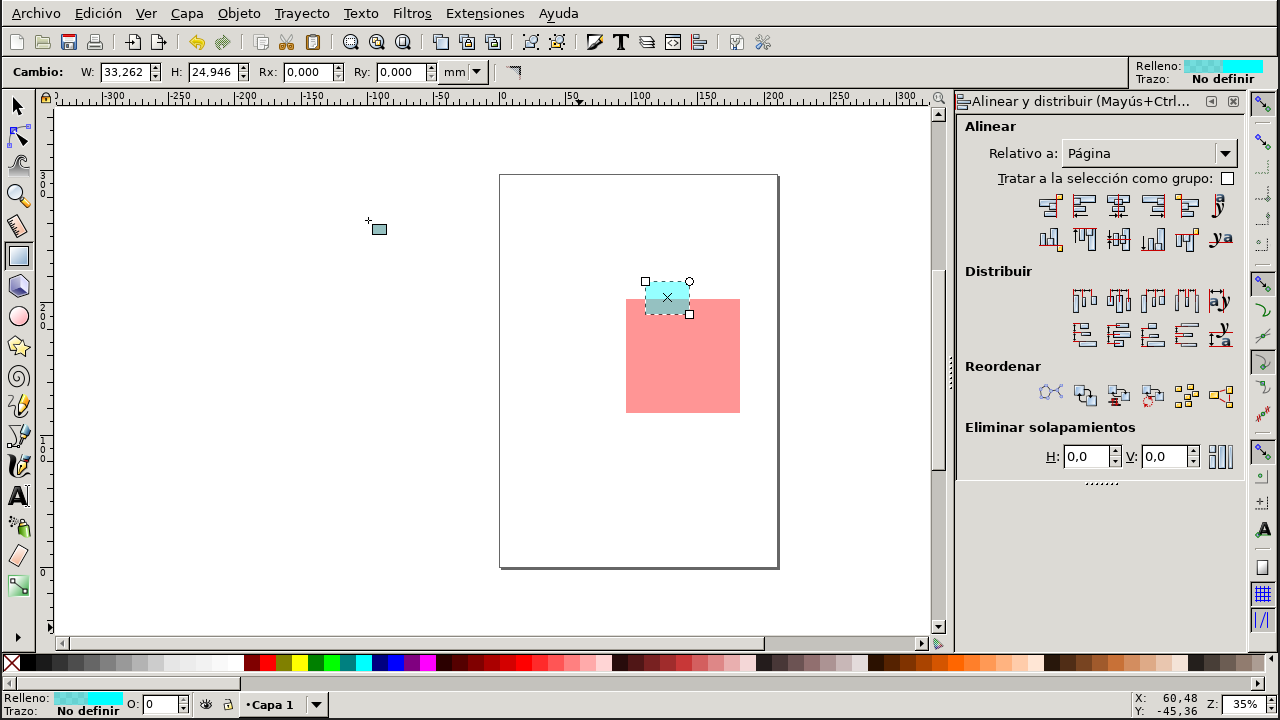

 and
and 
Usability with Jan Borchers is a good lecture. He is an expert on Human-Computer interaction. He emphasizes design of the presentation of the object with the user in the first place. I agree because it is essential that a design is used and not only does what it is supposed to. This is an area where I have 0 experience. It is probably my weakest. But I am determined to give it my greatest effort.
I found Gestalt grouping very interesting. Its use in user interfaces is very important. Gestalt principles present the influences by which the human brain assumes facts when provided with incomplete information. They are useful for designing usable interfaces which are easier to handle.
My website and my project need a lot of work on this area. But I think that they are better than before I took contact with this subject.
Fabcities is a project for the self-sustentability of the city: new paradigm of production and consumption.
https://fab.cityIt designs the migration of producing and consuming from lineal to spiral.
BioAcademy is in newly developing state. It is a brand new technology. -> How to Grow Almost Anything
It teaches how to genetically engineer and grow organisms.
Ginko Bioworks: flavors, materials, therapeutics, metabolic engineering.
Biomolecule Sensors: Protein engineering.
Low cost microscopy is taught in order to view nanostructures.
Gene drives: drive a genetic trait though generations.
Synthetic minimal cells: contain controlled and simple encapsulated environment for biological engineering. They are biological reactors that have some but not all functions of natural cells. We can control the size and the composition of genes and proteins. They can be put together from different and unrealted components into a synthetic cell.
Synthetic cells are much more secure because they cannot reproduce.
BioSafety Level 1. It is safer than a kitchen with respect to yeast, bacteria, etc.
Fab Charter: How to grow stuff (BioLabs) is a natural evolution from Why and How to make stuff (FabLabs).
BioLabs (as FabLabs) do digital fabrication: bits to atoms and atoms to bits, but with self reproducing parts.
Genes are the constitutional data made to define biological construction characteristics
It is forbidden by law without authorization from the Ministry of the Environment to move a living species from its environment or to genetically modify it.
It is not possible to acquire knowledge about life without experimentation and observervation inside and outside of the laboratory. If the ethics of the acquisition of knowledge is not in question, ethically it is preferable to allow investigation in order to empower well intentioned people to have as much knowledge as destructive people can secretly attain, and not forbid investigation. On the other hand, biotechnology will adapt to the environment. It will die and not reproduce if it is not apt. So, it is easy to terminate its reproduction if it were harmful to the environment. The most important issue is to empower society as much as the most advanced research. There are still unknown possible futures which are undesirable. But we must not fear them without analyzing them at least.
It this lecture we learned that it is important to:
In this lesson, Javascript modules made by Neil Gershenfield were demonstrated. It was an interesting lesson. It is a very well designed modular platform to design web applications by using several modules that deal with images, computer port connections, file and data transformations and many other functions.
We made a group exercise to construct an application from two programs that exist in the platform which provides an interface to construct a gear by inputting its parameters and outputting a Gcode file to feed the Computer Numerical Control (CNC) laser cutter or the CNC milling machine.
We found the gear program could not feed the milling program because the former had as output only a PNG image. But the later also needed the image properties as input. So we found the size module that received a PNG file as input and its images properties as output. That input could be fed from the gear program and that output could be fed to the milling program. This the process followed to make a Mods teeth-to-gcode program which inputs the number of teeth a gear should have and outputs a Gcode file to use on a CNC mill that works with LinuxCNC.
It is interesting to help the people with disabilities with digitally fabricated devices to help them interact with the World in a better way. But the idea of May El-Dardirii in FabLab Cairo to help people with disabilities to find their own solutions for their personal problems via digital fabrication.
In this lesson we learned how to mill a plywood board to make a desk-helper. Several basic guidelines were proposed as follows.
Articrafts could become better quality with digital fabrication.
Collaboration is exponential. The gains attained by competition is not worth it compared to gains attained by collaboration.
We will use a 270 mm x155 mm board for engraving a desk organizer.
Parameters in mill: length, number of flutes (cutting uses 2 and fast revolutions; engraving uses 4 and low revolutions), form (flat for roughing and round for finishing).
Parameters for machine: depth step is the same as stepdown and it should be up to the size of the radius of the mill.
Offset must be designed in Inkskape.
.gcode, .nc and .ngc are G code files that CNC milling machines understand
G code has 3 parts: heading which establishes the machine parameters, body establishes the mill movements, footer closes the cut


 and
and 